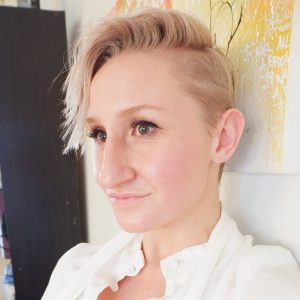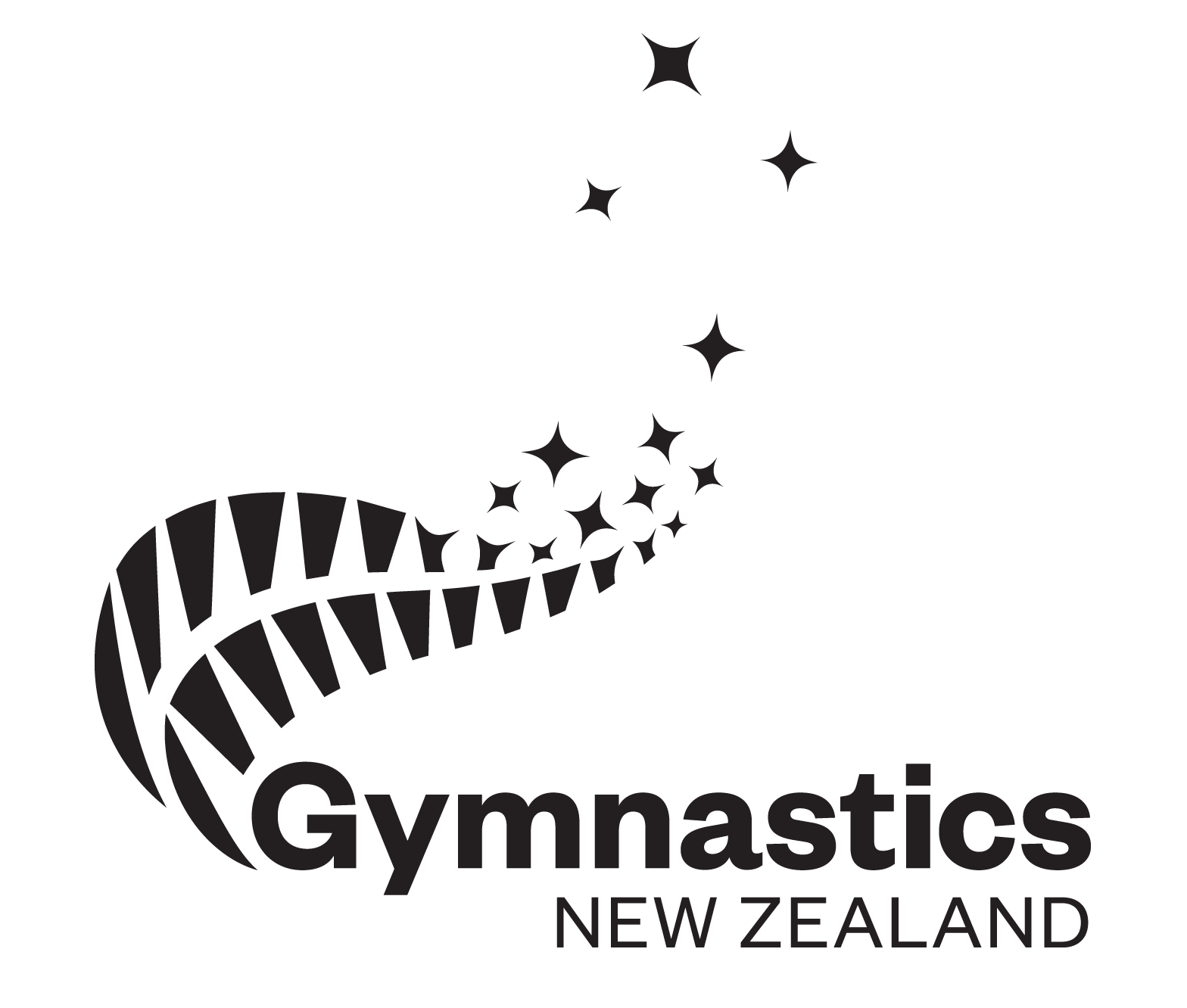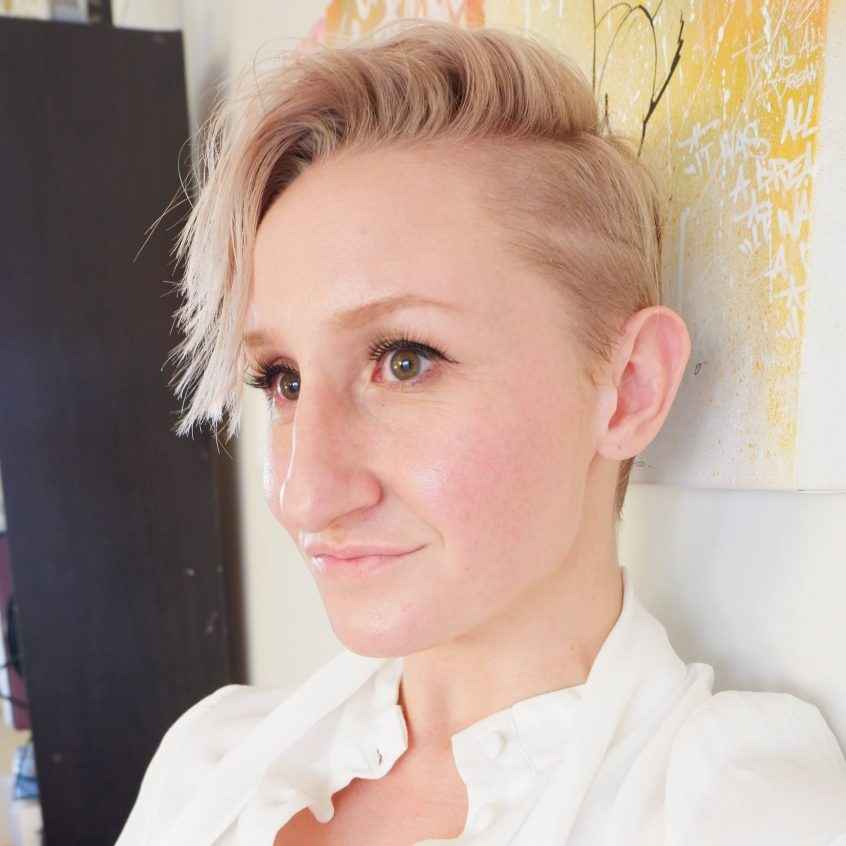In December 2021, I was informed I’d been selected as one of five athlete specialists on the Gymnastics New Zealand Steering Committee.
Joining the committee would be another chance to tell my story, and to speak up for others who had suffered harm through participating in gymnastics. I was stoked to get the call up. I was also nervous, and incredibly tense about what was to come.

There were a lot of competing thoughts and emotions. I wanted to do what I could to help transform gymnastics – but I was wary of ending up being part of a process that could prove to be just another meaningless box-ticking exercise.
I also had a decent case of imposter syndrome. Did I really deserve to be there? My experiences competing in gymnastics had conditioned me to think that my successes in life were down to luck, while my struggles were all of my own making.
Was I truly worthy of this opportunity?
Roughly six months earlier, I’d taken a huge step and gone public with my story by talking to a journalist. At the time, that had been the only option to bring attention to the things that were badly wrong with the sport I loved.
After going public, I worked with the Athletes Federation and Human Rights Commission, chipping away at the armour of the sport’s existing power structures.
The invitation to join the Steering Committee was an opportunity to take the next step and play a part by shaping a better future from the inside.
Being entrusted with the role of representing a group of survivors of mental and physical abuse is humbling, and a heck of a responsibility. Many of us are damaged – and will bear scars for the rest of our lives.
Through the Steering Committee, our voice was heard. That shouldn’t seem like a huge deal – but after years of battling to bring attention to the crazy levels of abuse that had become normalised in the sport, simply being heard was massive.
For me, being involved in the process was healing. But I’m extremely mindful that there are many survivors who didn’t get that opportunity, who still feel they haven’t been heard. For them, either nothing – or not enough – has been done. And what has been done has taken far too long.
I get that, I really do.
I also now have a pretty good understanding of what is required to achieve actual transformation in our sport. Entrenched ideas and normalised patterns of behaviour are incredibly hard to change.
It takes time.
Accepting that – and making sure the Steering Committee took the time to really understand the issues highlighted in the review of our sport was a key role of the athlete members. It was our job to say ‘hold up, let’s make sure that we are going about this right from the get go’.
The core work of the committee was to take the 50 recommendations contained in the review of the sport and break them down into achievable actions. It was a heck of a job.
Child safety and athlete wellbeing is at the core of reforms being driven by the committee.
But to say that we want our athletes to be safe in sport is a really low bar. I felt that that was the minimum we’d be aiming for. This was an opportunity to optimise the environment so that not only are athletes safe, but they are also performing better.
Performance and wellbeing don’t need to be diametrically opposed. They are not two distinct things. If we can align safety and holistic wellbeing with performance that is the ideal outcome.
That is how you get the best performance. In countries like the United States they have started implementing those ideas.
When it comes to cultural change, I see gymnastics as a pyramid. At the bottom of the pyramid there’s a bunch of low-level harms. These issues might not seem a big deal, and are easy to look past. But, ultimately, they are what support the very damaging, acute harms that occur at the top of the pyramid. So change needs to happen from the bottom up.
The cultural mindset that you don’t get good unless it’s tough has to change. Every athlete knows what it is to work hard and for it to be tough – but there is tough, and then there is unhealthy, detrimental and corrosive environments that have broken so many people along the way.
We only see the people that make it through – not the trail of broken people left behind. That is really sad as it makes the pool that we are choosing from smaller. It’s a waste of talent and effort.
So what happens next?
Athletes’ voices must continue to be heard – including those from the survivor group.
On the Steering Committee we had a really strong group of people who live and breathe the sport, who see how things are playing out on the gym floor.
That was critical because it meant policies were not being dictated to the community but created from within the community itself.
Athletes know what needs to be done, so empowering them, harnessing the decades of knowledge and wisdom that they have about how to make this right is a no-brainer.
That in itself is going to make tomorrow better and – as I know from my experience – help heal some of the harms that have occurred.
It’s encouraging to see Gymnastics NZ continue to create new avenues for athlete involvement in the future direction of the sport.
A change in emphasis from educating our people to investing in our people is something that will enable us to keep moving forward.
With the Steering Committee having completed its work, it is important to recognise that this is just one step on the journey. The committee’s role wasn’t to solve all the problems – it was to work out how to move forward.
I’m confident that will happen. Gymnastics NZ is in good hands with new CEO Andrea Nelson. Her honesty and integrity have helped her build trust and respect – and when you respect someone you don’t have to agree on everything to know they will do the best job they can.
Successful transformation means taking ideas and policies and ensuring that they are being applied on the gym floor. Whether that happens is up to everyone in the gymnastics community. We’re involved in gymnastics because we love it. And we all have a role to play in creating a better future.

